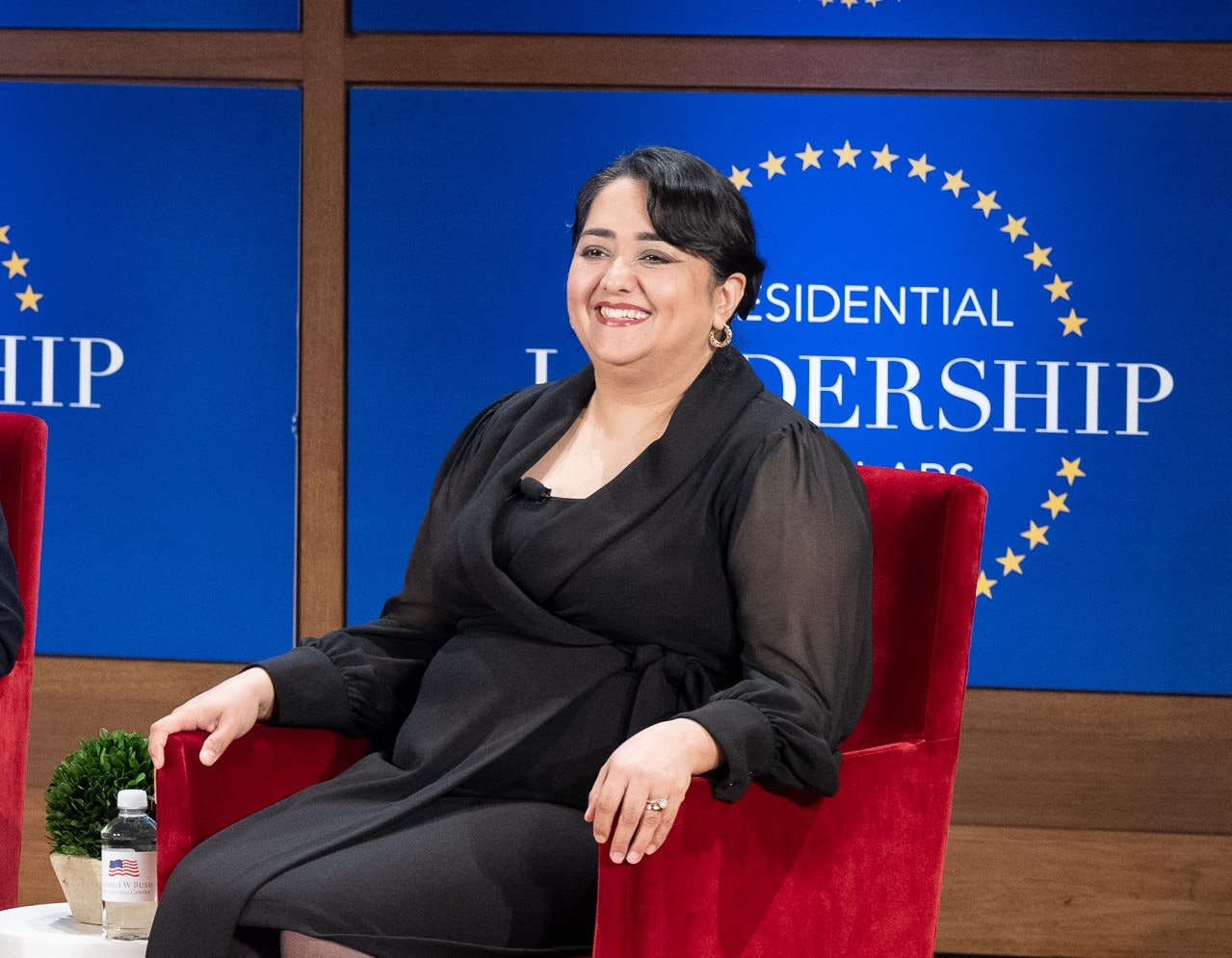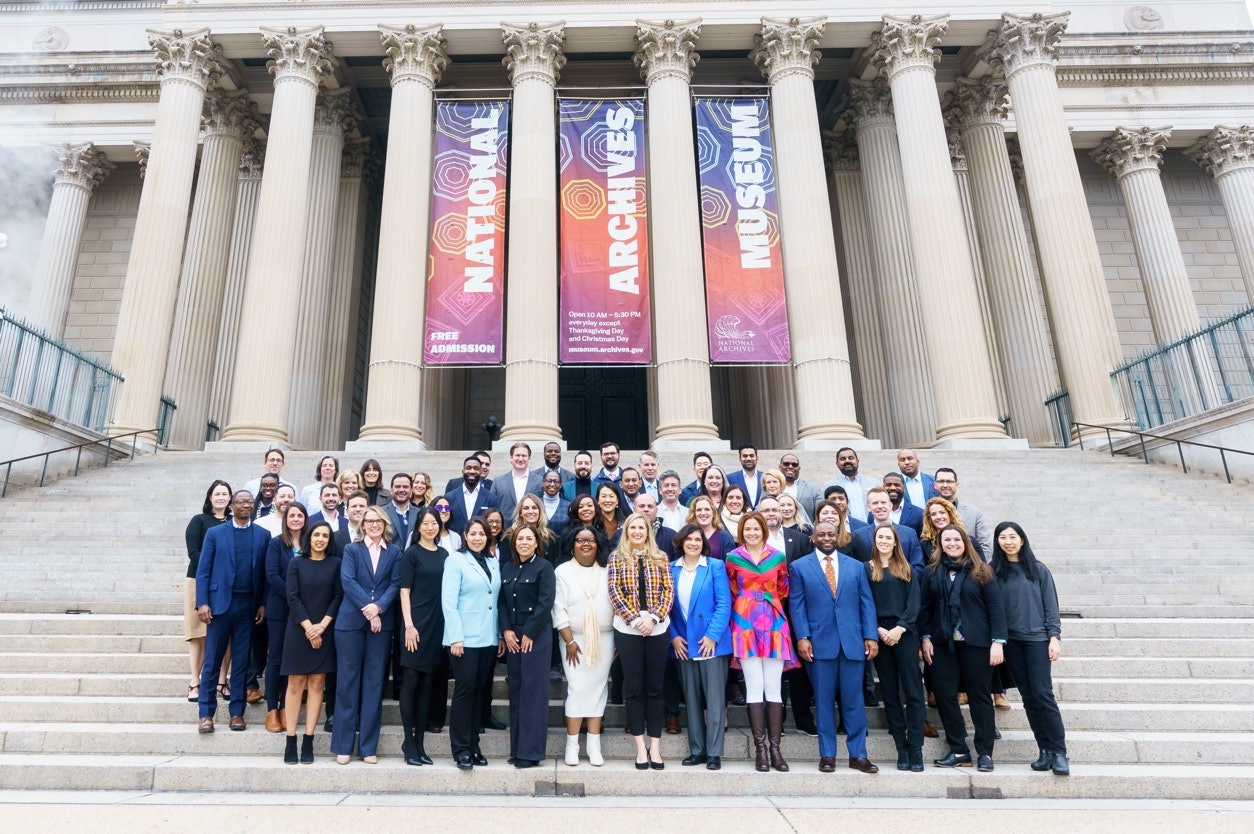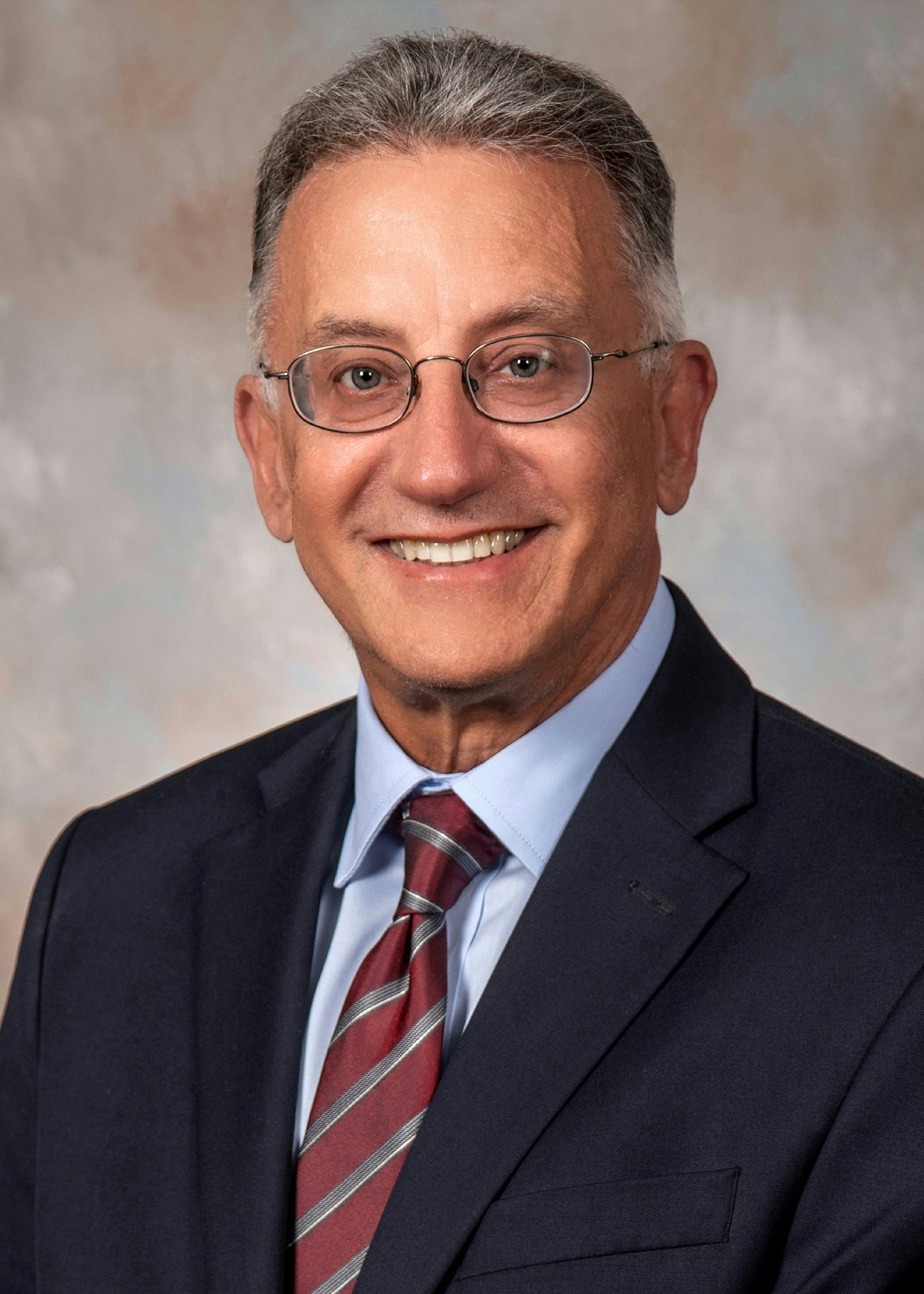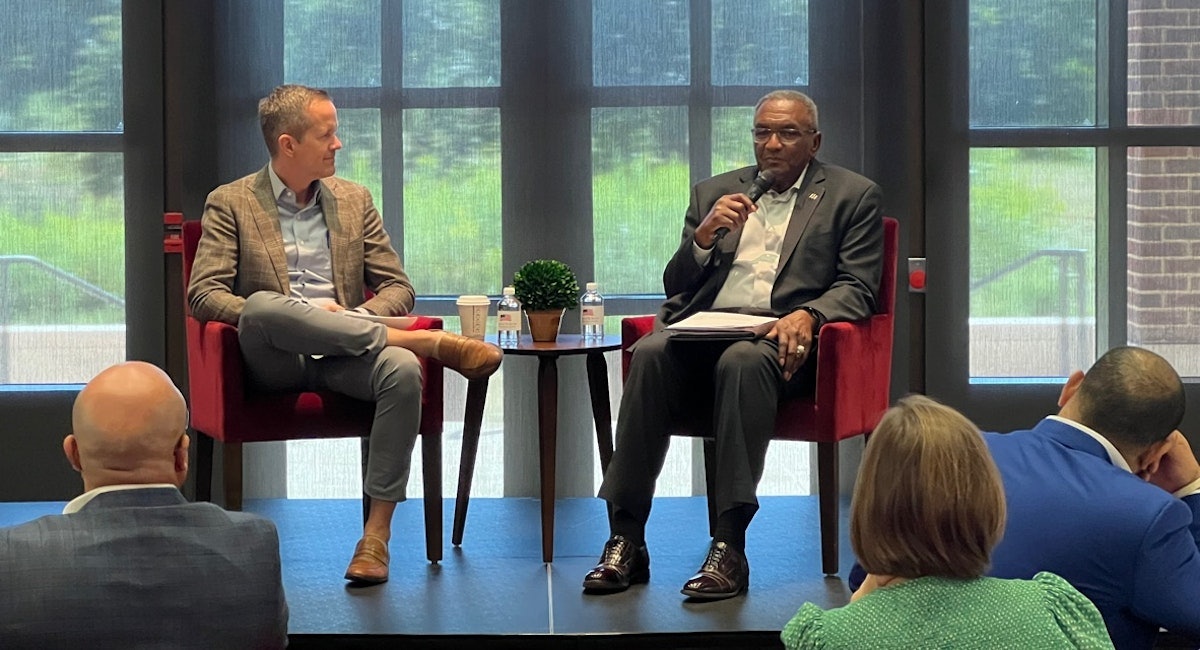This week in Mount Vernon, the presidential centers of George W. Bush, Bill Clinton, George H.W. Bush and Lyndon B. Johnson are launching an...
This week in Mount Vernon, the presidential centers of George W. Bush, Bill Clinton, George H.W. Bush and Lyndon B. Johnson are launching an unprecedented Presidential Leadership Scholars program. The shared initiative gives rising leaders the chance to study presidential decisions, while they learn from key administration officials, practitioners, and leading academics about the elements of leadership. The purpose of the program, which will involve sessions at the centers of each of these presidents, is to help participants develop the skills they will need to address this century’s challenges and opportunities.
Scott Snook is among the experts the program’s participants will hear from this week. Snook, a faculty member at the Harvard Business School, is an honors graduate from West Point. He served in the U.S. Army Corps of Engineers and is the author of such works as “Friendly Fire.”
In this interview, Snook shares his thoughts on the role of vision and execution in successful leadership.
What is the role of vision in effective leadership?
When you think about it, there are really only two components to leading: direction and execution.
“What is the collective goal around which we are mobilizing? Why should anyone care?” And, “How are we going to do it? What’s our plan of action?”
Success is a multiplicative function of direction and execution. You can get the direction about right, but have zero execution and fail. You can get the direction half right and execute 150% and still succeed.
A well-constructed, effectively communicated vision takes care of the first component. Leaders are responsible for both.
But how do they learn how to implement their ideas?
The “how” question goes straight at execution. Successful execution is a function of will and skill. Once people are motivated or energized to pursue a common future, they then need the skill or capabilities (and resources) to effectively execute the strategy or vision.
This goes right at the question of development. How do organizations or movements attract, select, train and retain the type of talent or human capital required to execute well-crafted, situationally-appropriate and effectively-communicated visions?
This is my passion in life and there are no simple answers other than to offer that such human capital questions have to do with the following three components: BE (who you are), KNOW (technical knowledge), and DO (skills).
I think most organizations understand how to increase the necessary knowledge and skills. This involves our traditional training and learning models. However, the real puzzle — the one that has animated my research and teaching — is what’s the equivalent of education and training for the BE component of development?
The short answer is: Authentic Leader Development.
Where do effective leaders get their vision?
Some get it from deep within. Many creative visions emerge from the individual experience and genius of the leaders themselves.
However, this is a risky model, rarely sustainable over the long-run and potentially problematic because a leader’s vision may not be everyone else’s vision.
Increasingly, leaders understand that broad collaboration in constructing a vision is the most effective way to take advantage of the organization or movement’s collective genius, while having the added advantage that people feel a sense of ownership and understanding when they are part of developing the vision.































